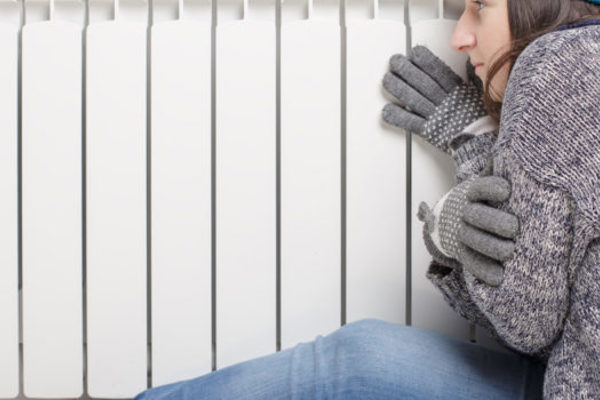The Link Between Food and Fuel Poverty
Energy Advice

Over the past few years, the cost of keeping our homes warm has squeezed food budgets in households across the country. This is what has become known as the “heat or eat” dilemma. It grew during the energy price crisis, when wholesale gas costs pushed bills sharply higher and families were forced to prioritise essentials, sometimes making impossible choices.
Researchers have shown that, particularly for older and lower-income households, spending on food can fall when temperatures drop and heating costs rise. This is why LEAP are now working with food banks, to turn “heat or eat” into heat and eat.
What do we mean by fuel poverty?
A household is considered fuel poor if it has a low income and lives in a home rated energy-inefficient (EPC band D or below) to the point that meeting the home’s energy needs would push the residents below the poverty line.
Latest official figures estimate that in 2024 around 2.73 million households (11.0%) in England were in fuel poverty. An estimated 8.99 million households (36.3%) spent more than 10% of their income (after housing costs) on energy in 2024.
How fuel poverty and food poverty are connected
When more of your budget goes on heat, hot water and appliances, less is left for the weekly shop. That can mean skipping meals, buying less fresh food or relying on cold foods that don’t need cooking. High energy costs can make both cooking and chilling food harder to afford.
The link also works the opposite way. If you’re already struggling to afford food, you may ration heating, which can worsen health, increase damp and mould and make recovery from illness slower, especially for children and older people. That’s why tackling cold homes and empty cupboards together works best.
How LEAP’s Heat & Eat plans to do it
Heat & Eat is our partnership plan with food banks across the UK. Here are just a few ways we can work together.
- Fast-track referrals from food parcel sessions to free LEAP energy and money advice
- On-site “Heat & Eat” pop-ups so people can get help there and then
- Billing help, tariff checks & switching guidance, Warm Home Discount/Priority Service Register sign-ups and debt support
- Arrangement of home visits (where available), with free, low-cost energy-saving measures supplied during the visit or sent in the post
- Efficient appliance replacements through LEAP Appliances (where available)
It’s all free, for the people supported by food banks.
Real ways you could benefit
Let’s say you’re an older resident, living alone. A LEAP advisor could check your tariff and bills, register you for the Warm Home Discount and Priority Services Register if eligible, and arrange simple draught-proofing and radiator reflector panels during a home visit. Your home stays warmer for longer, your bills go down and the savings help you to afford regular hot meals and fresher produce.
You might be a family with small children. At a food bank pop-up, you’d be referred to LEAP for free energy and money advice. We’d post out low-cost measures (such as a letterbox brush or door seals) and book a home visit (in eligible areas) to help you set heating controls correctly. Where eligible, we’d support an efficient appliance replacement via the LEAP Appliances Scheme, reducing wasted energy and cutting usage costs to free up money for healthy meals the kids will enjoy.
If you visit or volunteer at a food bank, we’d love to hear from you. Ask your food bank to partner with LEAP’s Heat & Eat so visitors can get practical energy help alongside a food parcel. Call our freephone helplines: 0800 060 7567 (England & Wales) or 0800 029 4543 (Scotland), Mon to Fri, 9am-5.30pm.

